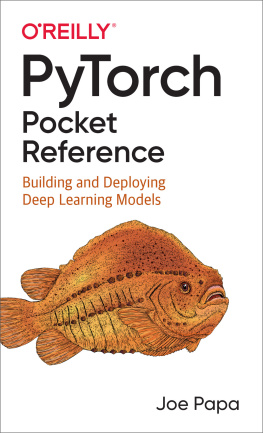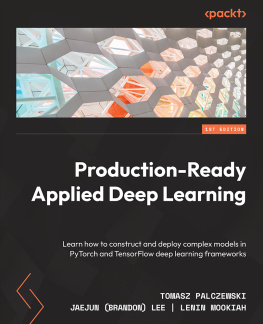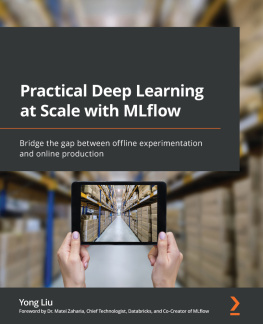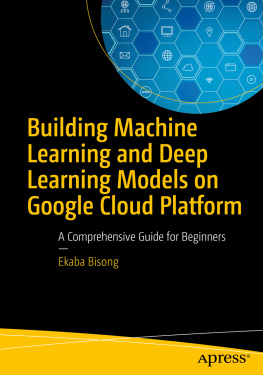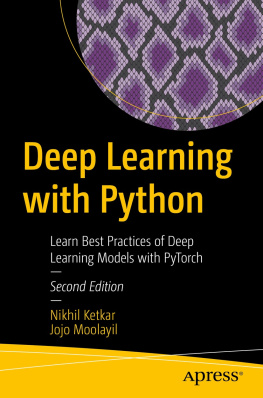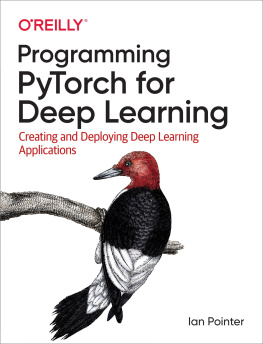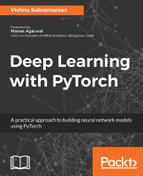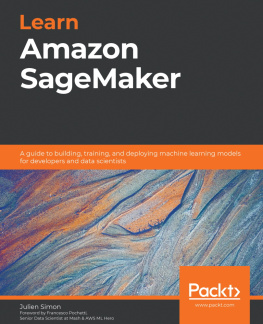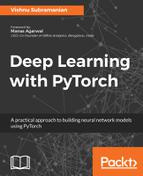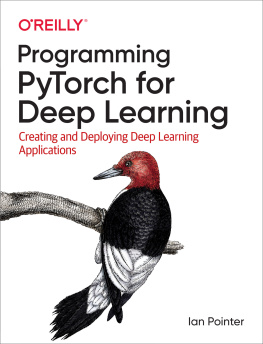Joe Papa - PyTorch Pocket Reference: Building and Deploying Deep Learning Models
Here you can read online Joe Papa - PyTorch Pocket Reference: Building and Deploying Deep Learning Models full text of the book (entire story) in english for free. Download pdf and epub, get meaning, cover and reviews about this ebook. year: 2021, publisher: OReilly Media, genre: Computer. Description of the work, (preface) as well as reviews are available. Best literature library LitArk.com created for fans of good reading and offers a wide selection of genres:
Romance novel
Science fiction
Adventure
Detective
Science
History
Home and family
Prose
Art
Politics
Computer
Non-fiction
Religion
Business
Children
Humor
Choose a favorite category and find really read worthwhile books. Enjoy immersion in the world of imagination, feel the emotions of the characters or learn something new for yourself, make an fascinating discovery.
PyTorch Pocket Reference: Building and Deploying Deep Learning Models: summary, description and annotation
We offer to read an annotation, description, summary or preface (depends on what the author of the book "PyTorch Pocket Reference: Building and Deploying Deep Learning Models" wrote himself). If you haven't found the necessary information about the book — write in the comments, we will try to find it.
This concise, easy-to-use reference puts one of the most popular frameworks for deep learning research and development at your fingertips. Author Joe Papa provides instant access to syntax, design patterns, and code examples to accelerate your development and reduce the time you spend searching for answers.
Research scientists, machine learning engineers, and software developers will find clear, structured PyTorch code that covers every step of neural network development-from loading data to customizing training loops to model optimization and GPU/TPU acceleration. Quickly learn how to deploy your code to production using AWS, Google Cloud, or Azure and deploy your ML models to mobile and edge devices.
- Learn basic PyTorch syntax and design patterns
- Create custom models and data transforms
- Train and deploy models using a GPU and TPU
- Train and test a deep learning classifier
- Accelerate training using optimization and distributed training
- Access useful PyTorch libraries and the PyTorch ecosystem
Joe Papa: author's other books
Who wrote PyTorch Pocket Reference: Building and Deploying Deep Learning Models? Find out the surname, the name of the author of the book and a list of all author's works by series.

